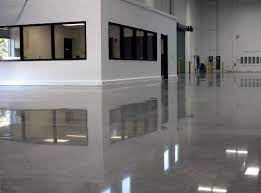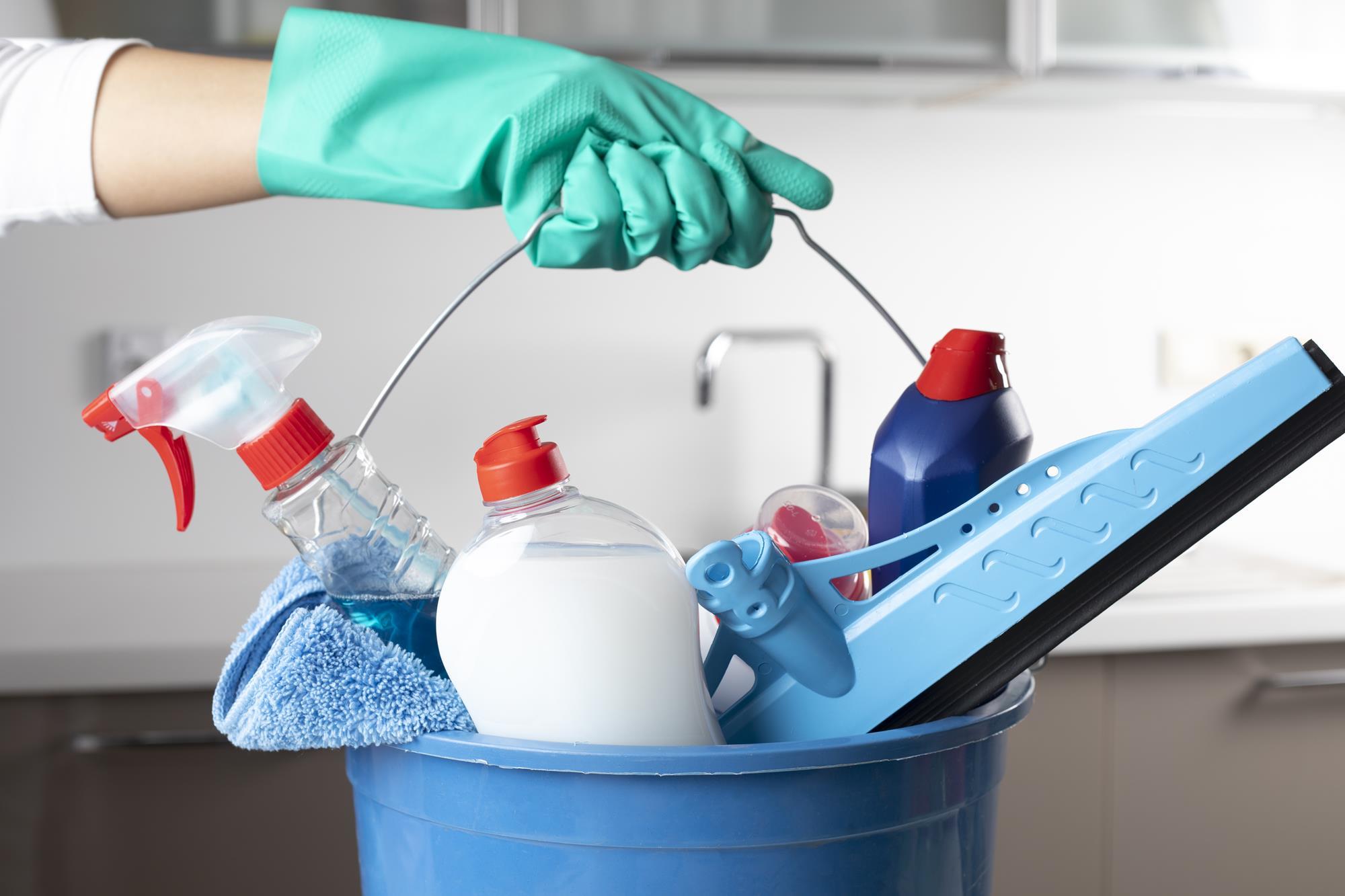
Unveiling the Brilliance: Top 3 Benefits of Concrete Floor Polishing in an Industrial Facility
Welcome to the Sparkle Freshness blog, where we explore the transformative power of concrete floor polishing in industrial facilities. Concrete floors are the unsung heroes of industrial spaces, enduring heavy foot traffic, machinery, and various environmental stressors. In this article, we’ll delve into the top three benefits of concrete floor polishing and how it can elevate the performance and aesthetics of your industrial facility.
- Enhanced Durability and Longevity:
One of the basic benefits of concrete floor polishing is the significant enhancement in durability and longevity. Industrial facilities face constant wear and tear, with heavy equipment, forklifts, and foot traffic exerting tremendous pressure on the floor surface. Polishing the concrete surface not only strengthens it but also reduces the likelihood of cracks, chips, and abrasions.
During the polishing process, the concrete surface is treated with diamond abrasives, which remove imperfections and create a smooth, dense surface. This densification process not only reinforces the concrete but also reduces porosity, making the floor more resistant to stains, chemicals, and other contaminants commonly found in industrial environments. The result is a floor that can withstand the harshest conditions, ultimately extending its lifespan and lessening the need for regular repairs or replacements.
- Improved Safety and Cleanliness:
Safety is paramount in any industrial facility, and polished concrete floors contribute significantly to creating a safer working environment. The polishing process creates a high-gloss finish that reflects light, enhancing visibility in the workspace. This is particularly crucial in areas with limited natural light or during night shifts, reducing the risk of accidents and enhancing overall safety conditions.
Additionally, the smooth, non-porous surface of polished concrete makes it easier to clean and maintain. Unlike traditional concrete floors that can harbor dust, dirt, and allergens, polished floors are resistant to the accumulation of contaminants. This not only promotes a cleaner and more hygienic environment but also reduces the maintenance efforts and costs associated with keeping the facility in top condition.
- Cost-Effective and Sustainable Solution:
Concrete floor polishing is not only a wise investment in terms of performance but also a cost-effective and sustainable solution for industrial facilities. Traditional flooring options such as epoxy coatings or tile installations may seem appealing initially, but they often come with higher installation costs and ongoing maintenance expenses.
Polished concrete, on the other hand, uses the existing concrete slab. It, hence, reduces the need for additional materials. The polishing process itself is energy-efficient and generates minimal waste. Moreover, the reflective characteristics of polished concrete can contribute to energy savings by minimising the need for artificial lighting during daylight hours.
Other Additional Benefits
Chemical Resistance:
Polished concrete floors are inherently more resistant to chemicals and spills compared to untreated concrete. The polishing process closes the concrete pores, creating a surface that is less susceptible to damage from oil, grease, and various industrial chemicals. This resistance not only preserves the aesthetic appeal of the floor but also contributes to its long-term durability.
Reduced Tire Wear on Forklifts:
In industrial settings where forklifts and heavy machinery are in constant use, the polished concrete surface can significantly reduce tire wear. The smooth finish minimizes friction and abrasion on tires, leading to less wear and tear. This not only extends the lifespan of the tires but also reduces the maintenance costs associated with replacing them frequently.
Customization Options:
Concrete floor polishing offers a range of customization options to match the specific needs and aesthetic preferences of industrial facilities. From selecting different levels of gloss to incorporating decorative elements such as dyes or aggregates, facility managers have the flexibility to create a unique and visually appealing floor. This customization adds a touch of professionalism to the workspace and enhances the overall ambience.
Faster and Easier Maintenance:
Polished concrete floors require less maintenance compared to other flooring options. Routine cleaning involves simple dust mopping and occasional wet mopping to keep the surface looking pristine. The ease of maintenance saves time and reduces the need for harsh chemicals, thereby contributing to a more eco-friendly and sustainable industrial environment.
Improved Ambient Lighting:
The reflective properties of polished concrete contribute to improved ambient lighting in the facility. By bouncing light off the floor surface, the overall brightness of the space is enhanced, reducing the need for additional artificial lighting. This not only creates a more friendly working environment for employees but also leads to energy savings.
You Can Read Also: Maintaining a Healthy Environment: 6 Critical Areas to Clean in Your Medical Facility
Conclusion
In conclusion, the benefits of concrete floor polishing in industrial facilities are multi-faceted, ranging from enhanced durability and safety to cost-effectiveness and sustainability. Sparkle Freshness is dedicated to providing solutions that not only meet but exceed the expectations of our clients. Consider the transformative power of polished concrete floors in your industrial space and experience the brilliance of a floor that not only withstands the rigors of industrial activity but also adds a touch of sophistication to your workspace.
More Posts
How to Give a Fresh Look to a Place by U..
Office Cleaning: An Expense or an Invest..
The Rise of Sustainable Fashion: Trends ..
The Connection Between Your Mental Healt..
Highly Toxic Elements Released By Car In..
Never Mix These Toxic Products. The Pote..







